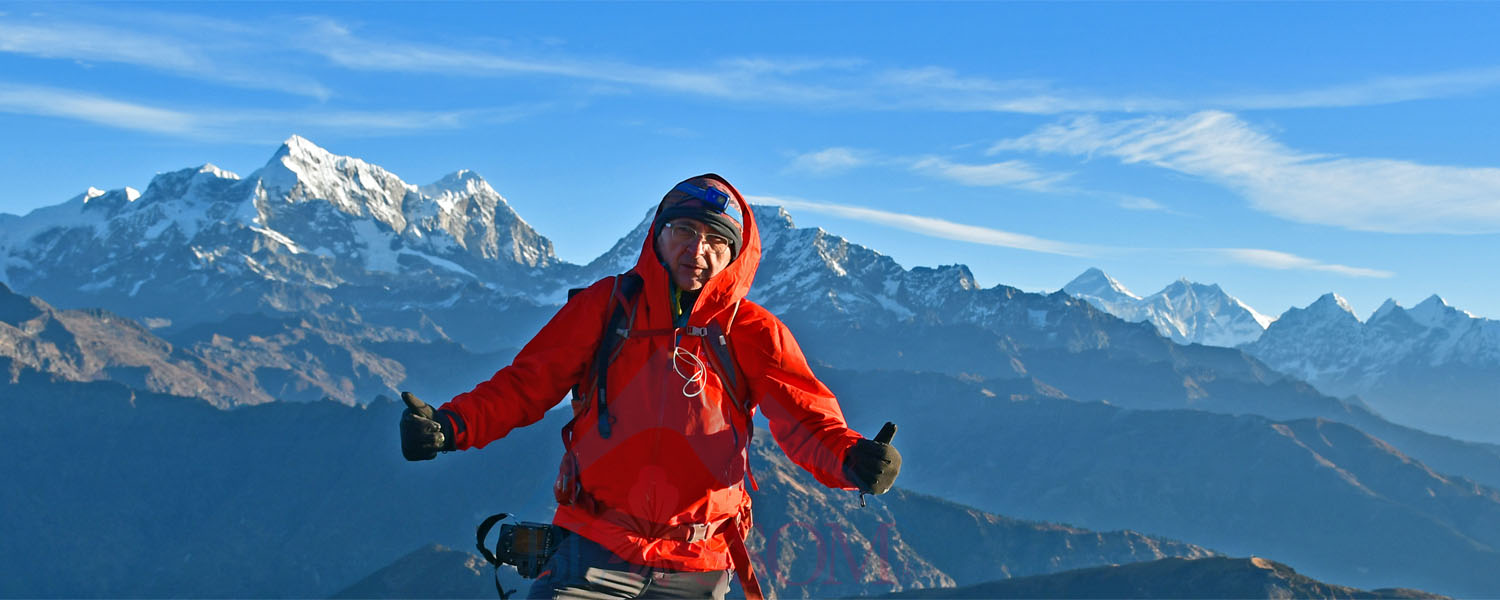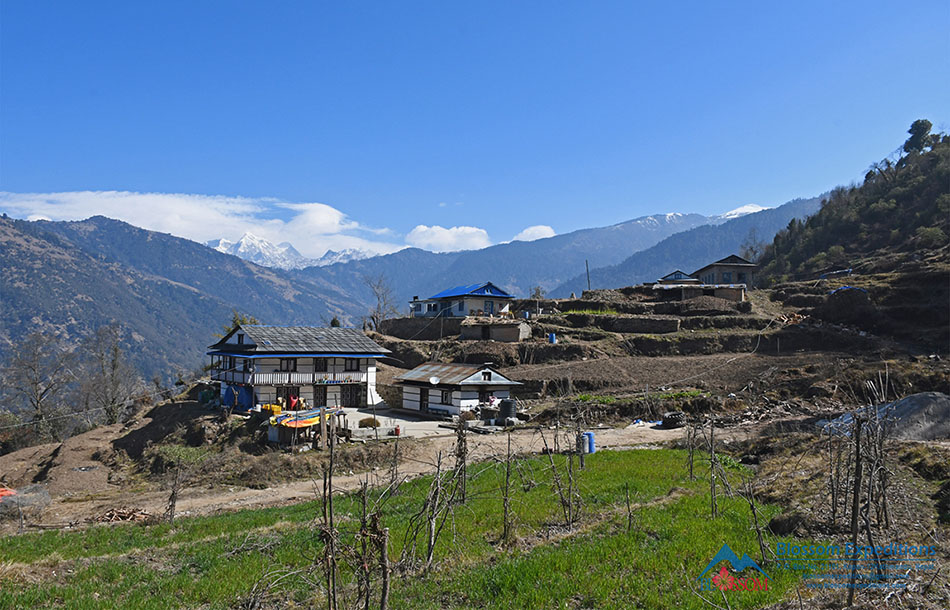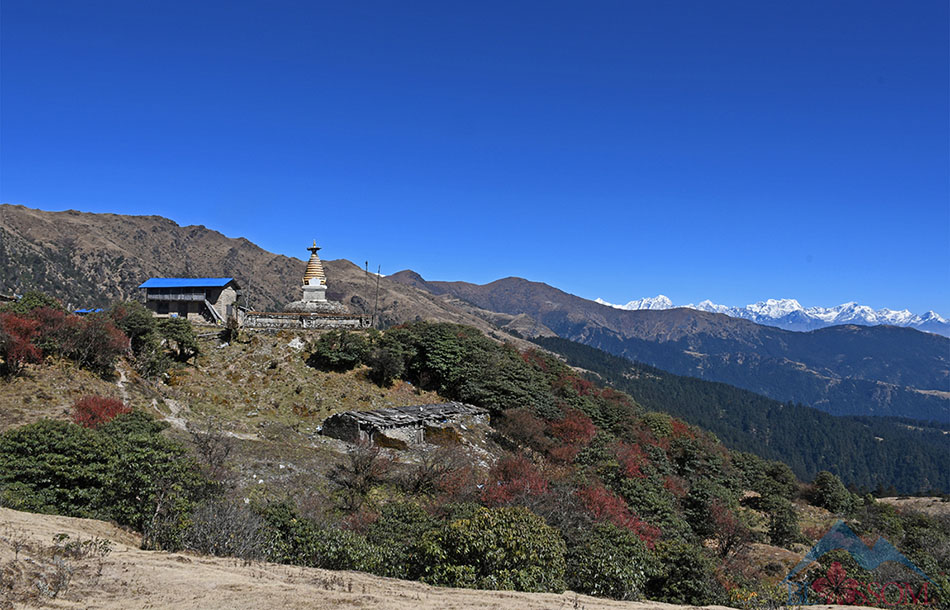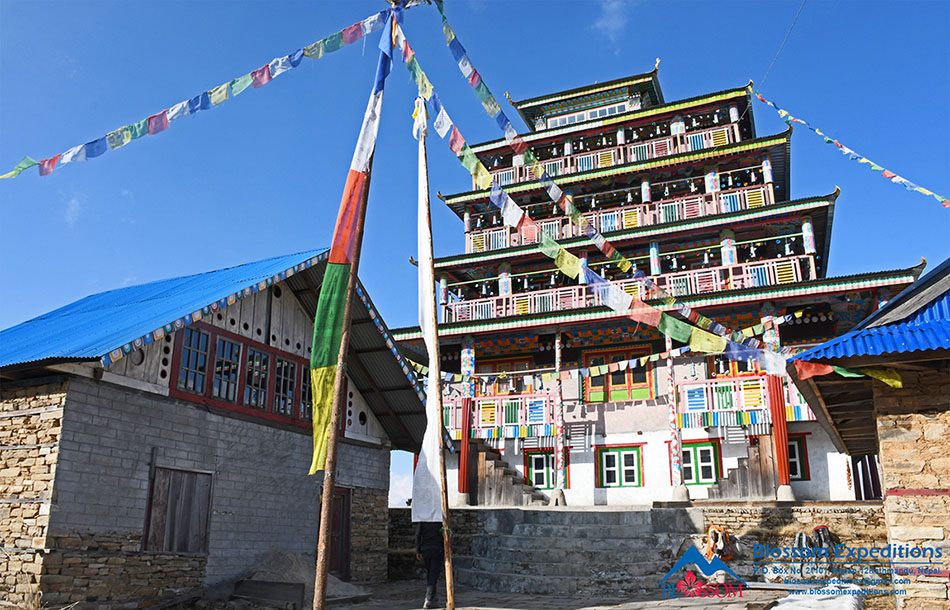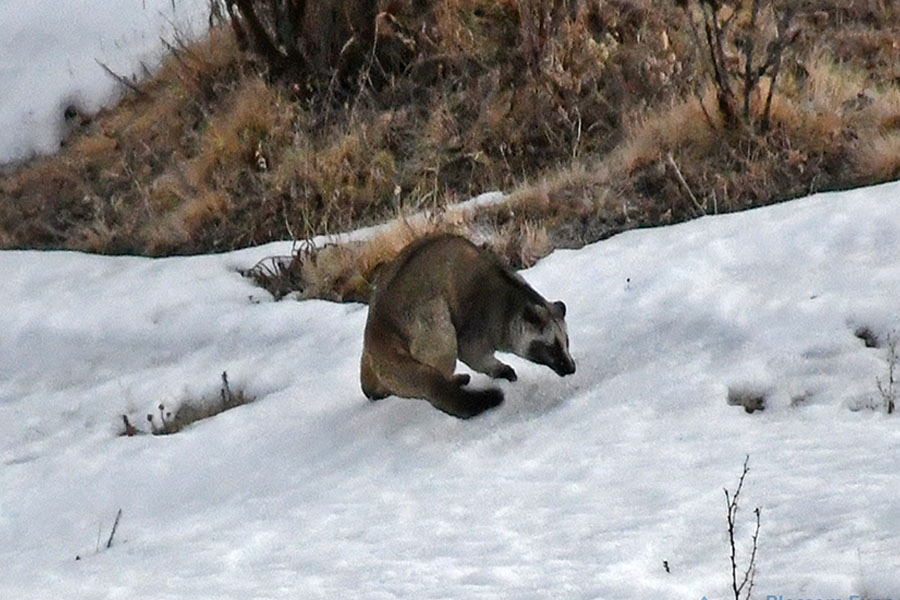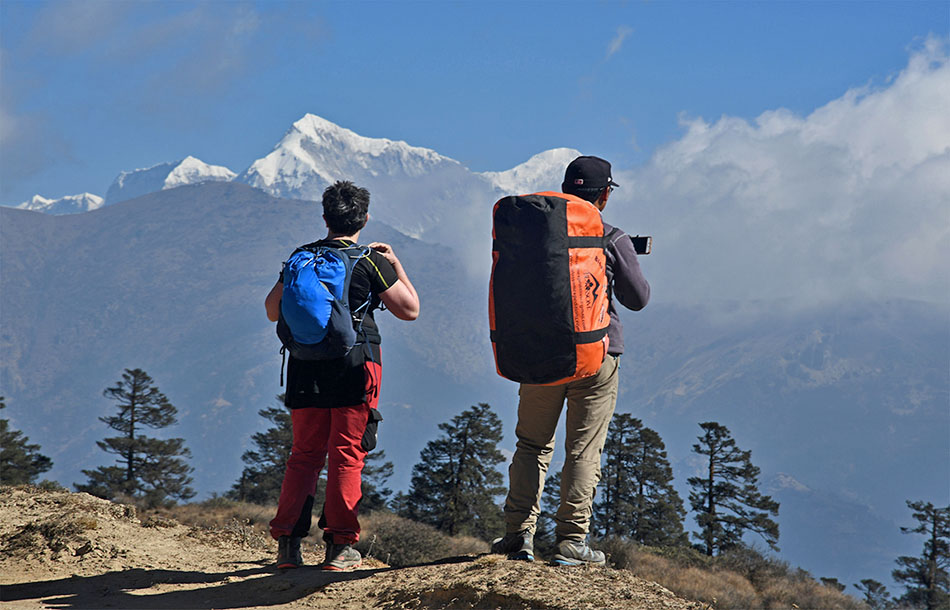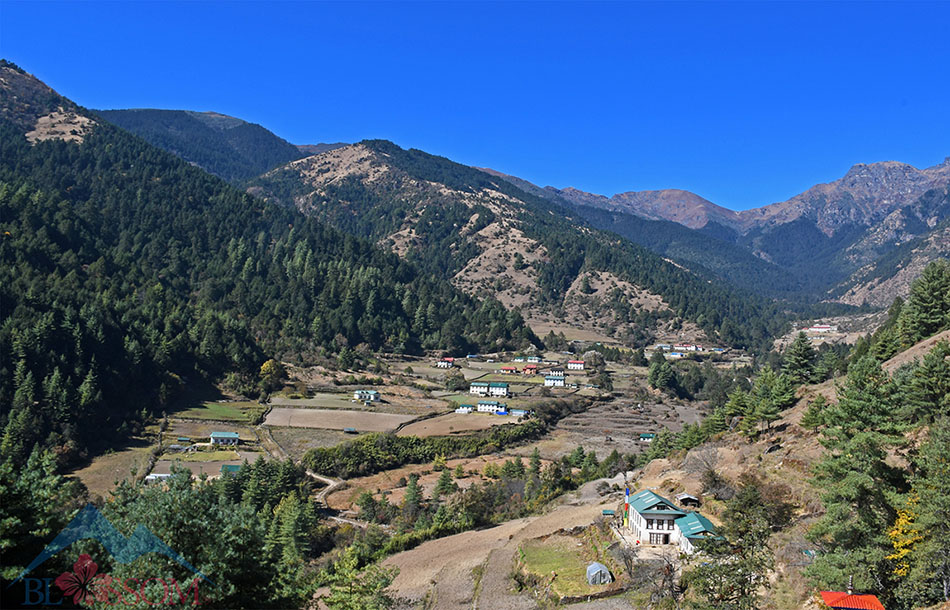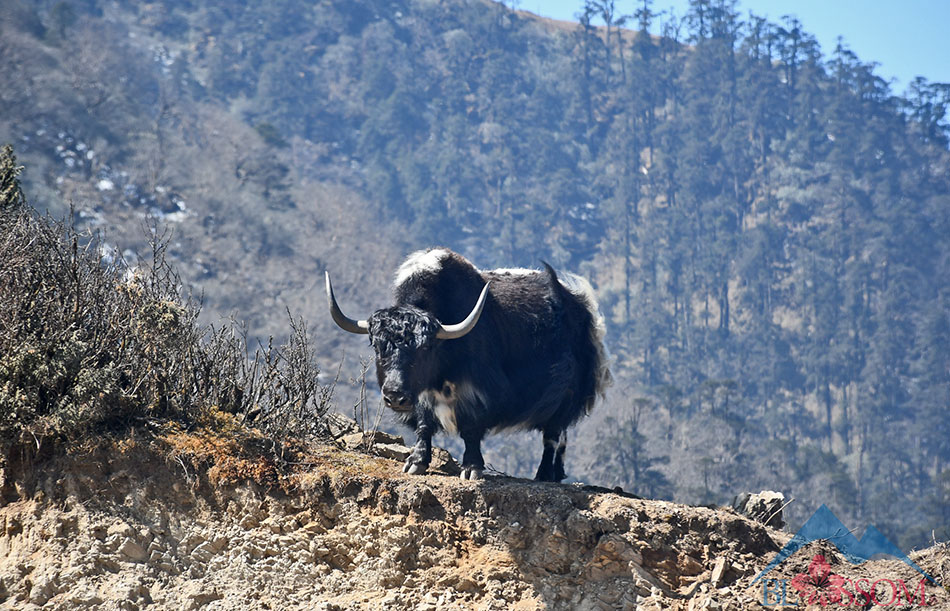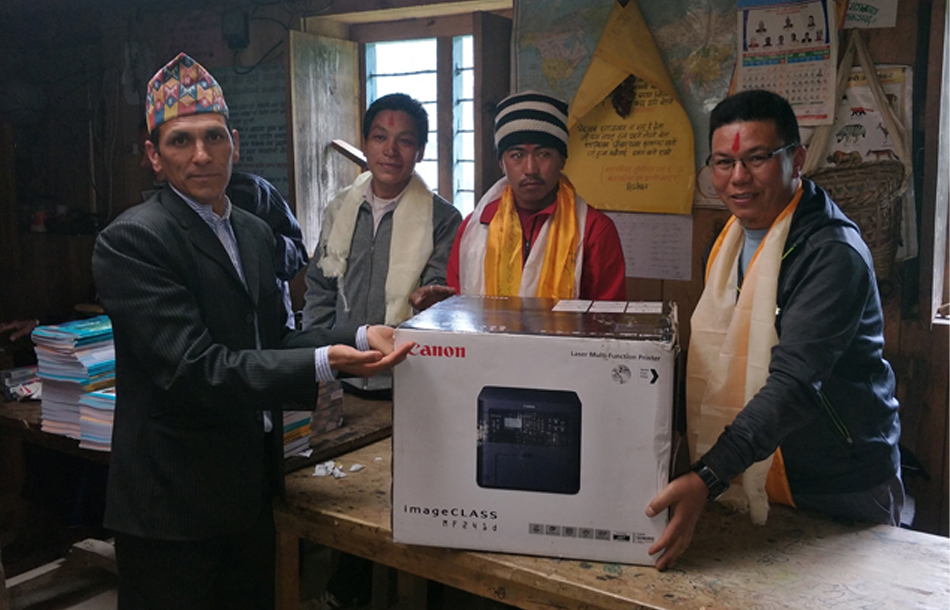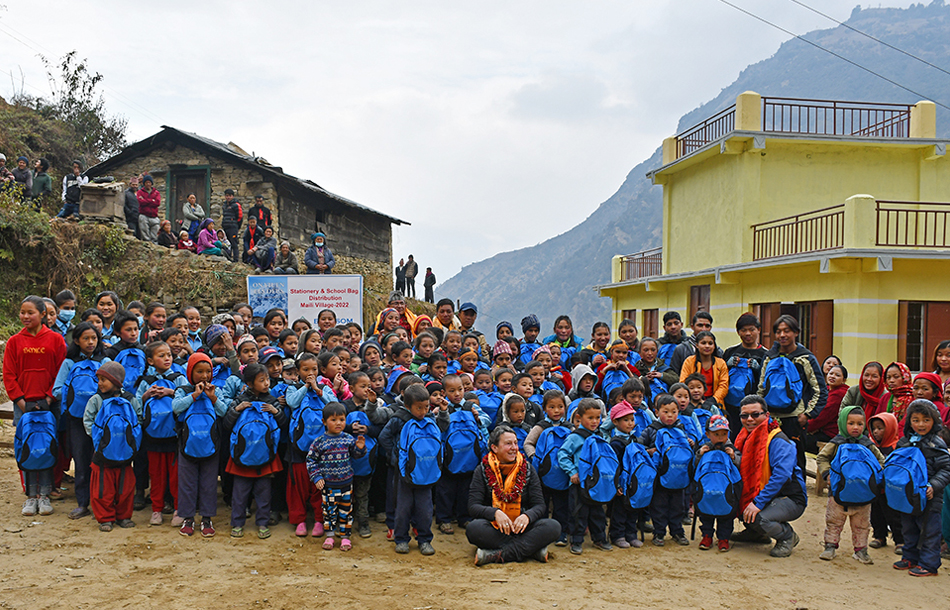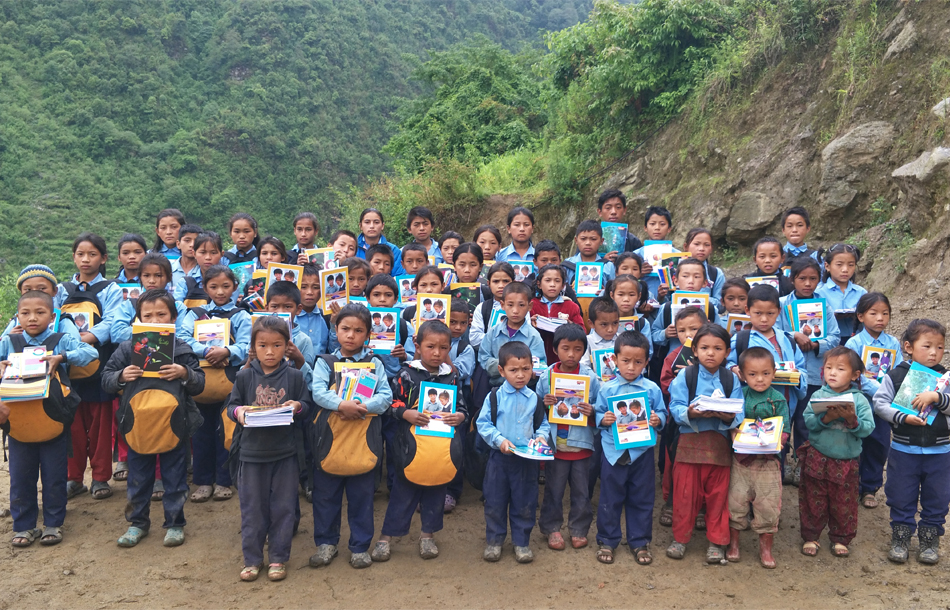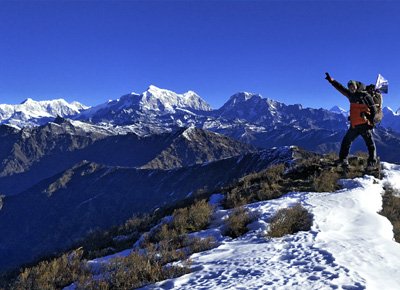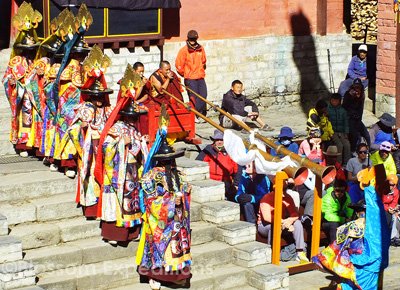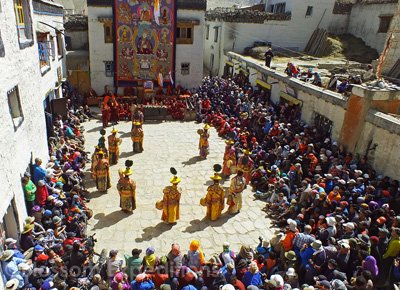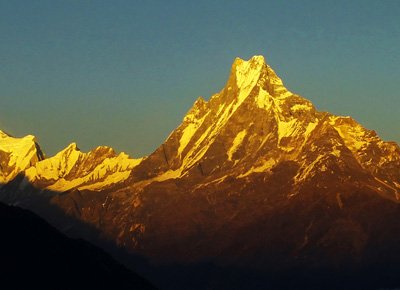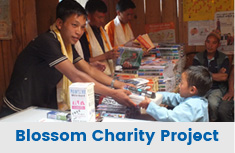Trip Facts
- Total Duration 13 days
- Trip Grade Mild to Moderate
- Max Altitude 4065m.
- Start From Maili Village
- End From Junbesi
- Min Size 2 Pax
- Max Size 10 pax
- Trip Mode Trekking
- Accommodation Camping/Tea House
- Dealine 01-February-2025
- Best Season: Late September to May
Trip Highlights
- Stunning Valleys and Sweeping Panoramas of the Himalayas: Revel in the breathtaking beauty of valleys and unparalleled views of the Himalayan ranges, from Kanchenjunga to the east to Annapurna to the west.
- Off-the-beaten-track Adventure with Homestay Experiences: Learn local hospitality and enjoy peaceful trekking in the isolated areas of Nepal.
- Enchanting Forests adorned with Rhododendrons: Trek through amazing forests decorated with Rhododendron blooms that add a colorful touch to your journey.
- Exploration of Traditional Villages and Diverse Ethnic Cultures: Experience and interact with different ethnic groups, understanding their unique traditions, customs, and ways of living.
- Magnificent Buddhist Sites: Discover the serenity of Buddhist monasteries, stupas, and Mani walls along the trek, witnessing their spiritual significance and architectural beauty.
- Serene Alpine Meadows: Delight in the serene beauty of alpine meadows, offering peaceful vistas amidst the majestic Himalayan landscape.
Pikey Peak Thole Demba Trekking is a truly attractive destination for short trekking in the eastern districts of Solukhumbu and Okhaldhunga of Nepal. Thole Demba Hill 3440m is located in the northern part of Okhaldhung district. It is the tallest Peak in the region. Pikey Peak 4065m is standing in the south-western region of Solukhumbu district and the Peak is the highest point of our Trek.
This off-the-beaten-track is a combination of cultural and wildness Adventure Trek. Some of the areas you will trek is rarely visited by foreign tourists. The area is absolutely beautiful and less crowded. Along with the magnificent scenery, you can experience the traditional way of life of different ethnic people like Tamang, Sherpa, Magar, and Chhetri/Brahmin. Also, you will enjoy the real taste of local cuisine.
Pikey Peak and Thole Demba areas are rich in nature and biodiversity. From where we can observe the world’s highest peak Mount Everest including six 8,000m high mountains of the world. Some of the rare species of plants and animals like Red Panda, Palm Civet, Lophorous, Himalayan Black Bear, and Musk Deer are found in the region.
Wonderful trekking experience in the foothills of the Himalayas with the best point of Mt. Everest. Sunrise and sunset from Pikey Peak are so magical that will be remembered for your lifetime. You will experience warm hospitality from the local Nepali family. Their friendliness, smile, and Manner will touch your heart.
There are several trekking routes to reach these two destinations. As a part of our Blossom Charity (Helping Hand) Trek, we start this trek from Maili village and end the trek in Junbesi. We have been supporting School supplies in Maili Village School since 2015. We will trek through picturesque villages, beautiful terraced farmlands, dense Rhododendron, and pine forests and meadows.
This 9 days Pikey Thole Demba Trek Package will give you the opportunity to explore the lower Everest region. It offers a wide panoramic view from Kanchenjunga to the east to Annapurna to the west of Nepal. The trek can be the best selection to learn about village culture, lifestyle, and foods and to be away from regular crowded trekking trails.
Note:
This Pikey Peak Thole Demba Trek is Part of the Charity Trek (Helping Hand Trek). Where some of the trip profit goes to the Blossom Charity Project. We buy Stationery/Medical supplies and drop those materials in some of the Schools or medical posts during our Trek. You can bring English storybooks, Stationery goods or useful Medical stuff from home too.
Trip Itinerary
| Days | Programs |
| 01 | 25-Feb-2026 Arriving in KTM and transfer to Hotel (1300m) |
| 02 | 26-Feb-2026 Preparation and Half day Sightseeing to Swayambhunath Temple, |
| 03 | 27-Feb-2026 Drive to Maili Village (approximately 2400m) 10-11 hours |
| 04 | 28-Feb-2026 School Program |
| 05 | o1-March-2026 Trek to DhupiSurke (approximately 2700m) 4-5 hours |
| 06 | o2-March-2026 Trek to Thole Demba via KingurdingGompa (3340m) 2-3 hours |
| 07 | o3-March-2026 Trek to Taklung (3420m) 4-5 hours |
| 08 | o4-March-2026 Trek to Pikey Base Camp (Dairy) (3640m) 4-5 hours |
| 09 | o5-March-2025 Trek to Trek to Junbesi (2700m) via Pikey Peak (4065m) 7-8 hours |
| 10 | o6-March-2026 Day excursion to Thupten Chholing Monastery return to Junbesi and drive to Phaplu (2470m) 6-7 hours |
| 11 | 07-March-2026 Drive back to KTM and rest |
| 12 | 08-March-2026Sightseeing in Kathmandu: Patan Darbar Square, Pashupatinath Temple, and Boudhanath Stupa |
| 13 | 09-March-2026 Departure to Home |
Trip Cost
| Per Person | $ 1650 |
| Single Supplementary | $ 100 |
| Trip Deposit | $ 300 |
(optional single accommodation in KTM)
What's Included
- 4-nights’ accommodations in Kathmandu including Breakfast and tax
- Three-time food (breakfast, Lunch, and Dinner) with Tea or Coffee during the Trekking
- Accommodation during the trip, local homestay where guest houses are not available.
- Guide and porter’s wages, food, accommodation, and insurance on Trekking.
- Airfare KTM-Phaplu
- Transfer from Phaplu to Kathmandu by reserve Jeep
- Airport Transfer
- Transfer from Kathmandu to Maili Village by reserve Jeep
- Guide and transfer for city sightseeing
- Entrance fee
- All the government and local taxes
What's Excludes
- Cold and hard drink and water
- Food in KTM
- Travel insurance emergency evacuation and personal medical expenses.
- Any donation along the trail and anything that not mentioned above
- Staff Tips
Note:
At least 2 nights will be staying local people house, no proper dining, and bedroom. Some houses have to sit on the floor and eat. Foods are simple and mostly local, will be prepared or supervised by our staff, and maintain the hygiene.
Trip Highlights
- Stunning Valleys and Sweeping Panoramas of the Himalayas: Revel in the breathtaking beauty of valleys and unparalleled views of the Himalayan ranges, from Kanchenjunga to the east to Annapurna to the west.
- Off-the-beaten-track Adventure with Homestay Experiences: Learn local hospitality and enjoy peaceful trekking in the isolated areas of Nepal.
- Enchanting Forests adorned with Rhododendrons: Trek through amazing forests decorated with Rhododendron blooms that add a colorful touch to your journey.
- Exploration of Traditional Villages and Diverse Ethnic Cultures: Experience and interact with different ethnic groups, understanding their unique traditions, customs, and ways of living.
- Magnificent Buddhist Sites: Discover the serenity of Buddhist monasteries, stupas, and Mani walls along the trek, witnessing their spiritual significance and architectural beauty.
- Serene Alpine Meadows: Delight in the serene beauty of alpine meadows, offering peaceful vistas amidst the majestic Himalayan landscape.

